
How to Clean Up Empty Tags
March 25, 2025
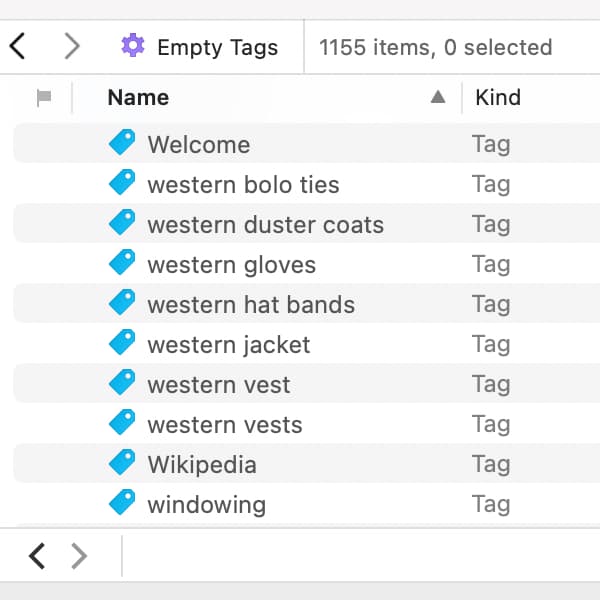
Do you need to clear out empty tags that have piled up and are collecting dust? Here is an easy way to locate and remove them from any database in DEVONthink. (more)


Do you need to clear out empty tags that have piled up and are collecting dust? Here is an easy way to locate and remove them from any database in DEVONthink. (more)

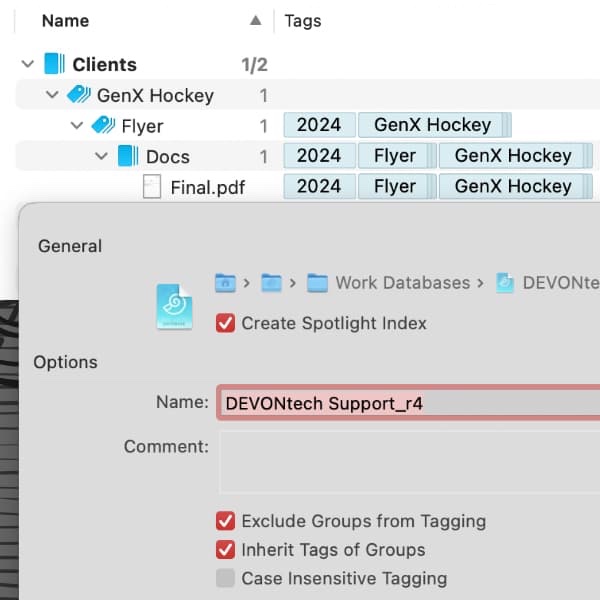
Tags can be very effective for organizing your databases. But it is often tedious to assign them to each document by hand, isn’t it? That’s why DEVONthink and DEVONthink To Go can dynamically add and remove tags to objects. Here are two options for dynamic tagging. (more)

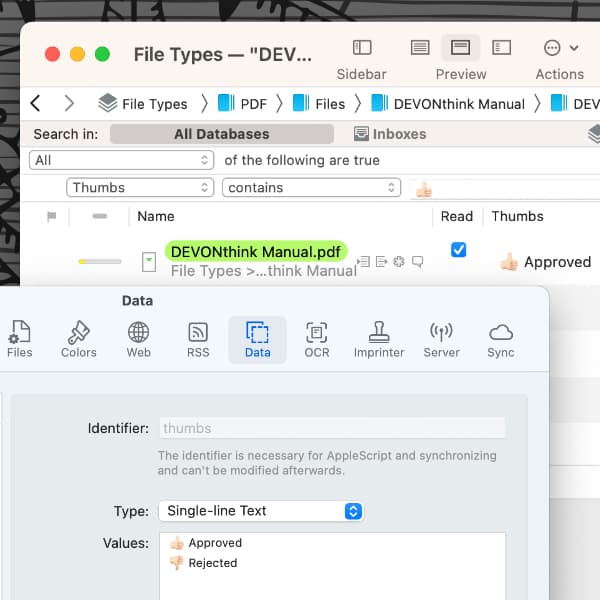
Emojis are often used to convey emotions, thoughts, or actions. They are also sometimes used as visual indicators to provide more context to documents. But should you use them in DEVONthink 🧐? (more)

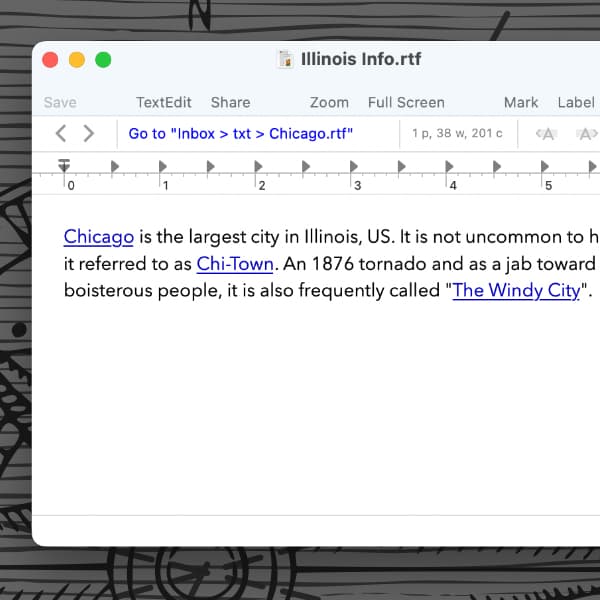
Sometimes we use several names for the same thing, like nicknames, acronyms and so on. In DEVONthink you can use such aliases for documents and other objects, for example tags. Here we show you how that works and what you can do with them. (more)

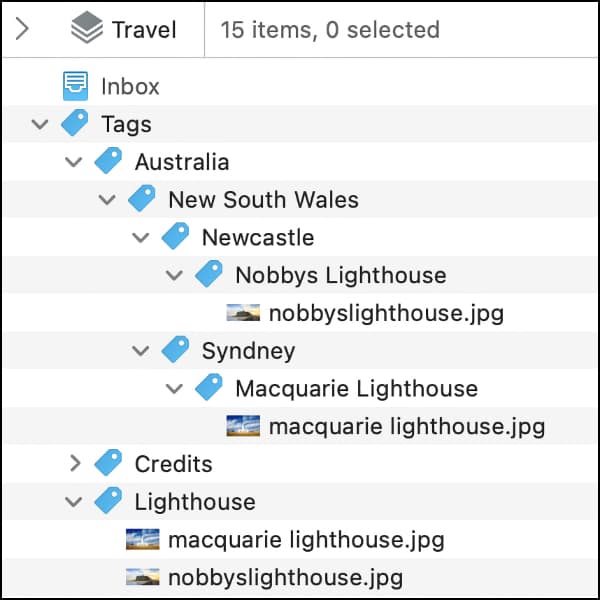
Many people use tags as a way to add some context to their documents. We have blogged on the subject more than once, but one option some people may not be aware of is nested (or hierarchical) tags. These are tags with child tags, or related tags within tags. Here’s how you can make and use them in DEVONthink. (more)


With the mass of information often found in a DEVONthink database, color can be a helpful visual indicator when browsing your documents. Many people know you can apply color labels on your documents, similar to the Finder, but here’s how to also color your tags in DEVONthink. (more)

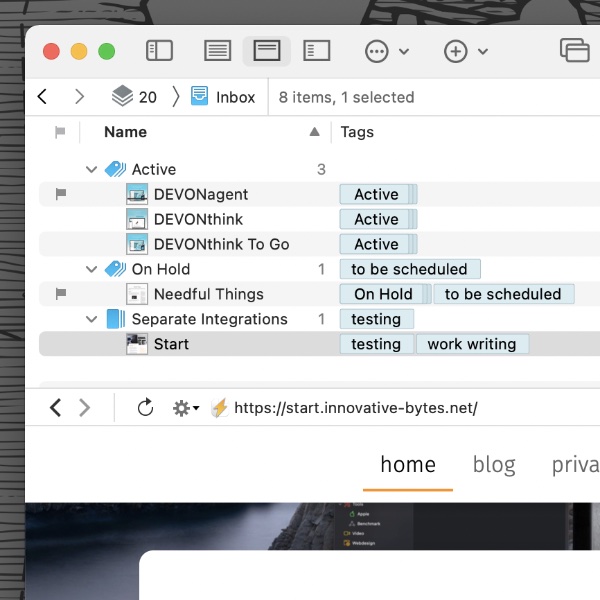
The Database Properties popover in DEVONthink has, among many other things, controls for per-database tagging behavior. Here’s what those options do. (more)

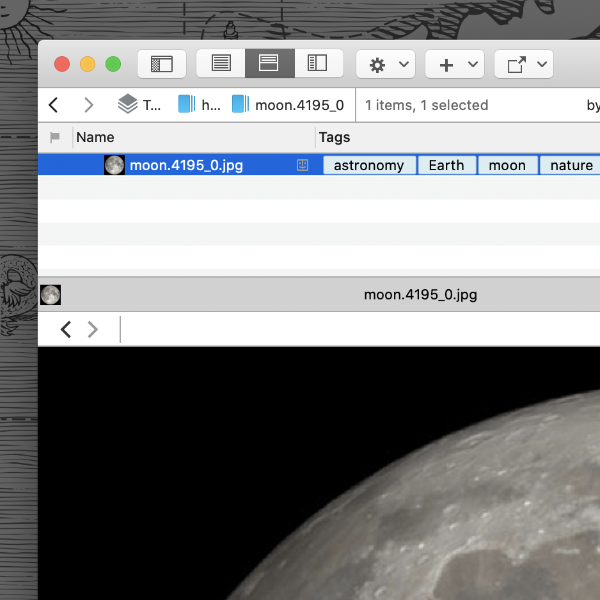
One of the methods of organizing data is tagging. Supported by DEVONthink as well as in some other applications, including the Finder, tags can provide contextual relationships between items, either broadly or narrowly defined. Here is a simple way to think about tags. (more)


For many people, tags are a useful way of segregating or creating contextual relationships between items. Some prefer a small set of broad tags, while others create deep, specific tag lists. But sometimes tags can seem to appear out of nowhere. These could come in, e.g., from the outside world through Finder tags. Here’s how to avoid “unexpected tagging” in DEVONthink. (more)
In episode 128 of Brett Terpstra’s podcast Systematic, Joel Anderson, research lecturer in Philosophy at Utrecht in the Netherlands, joins Brett to talk about tagging:
It’s a nerdy subject that a lot of non-nerds are asking about these days, and one that I personally find fascinating. I hope you’ll enjoy hearing two people who’ve dedicated time and research to the topic debate the major benefits and pitfalls of tag-based systems!” … (more)